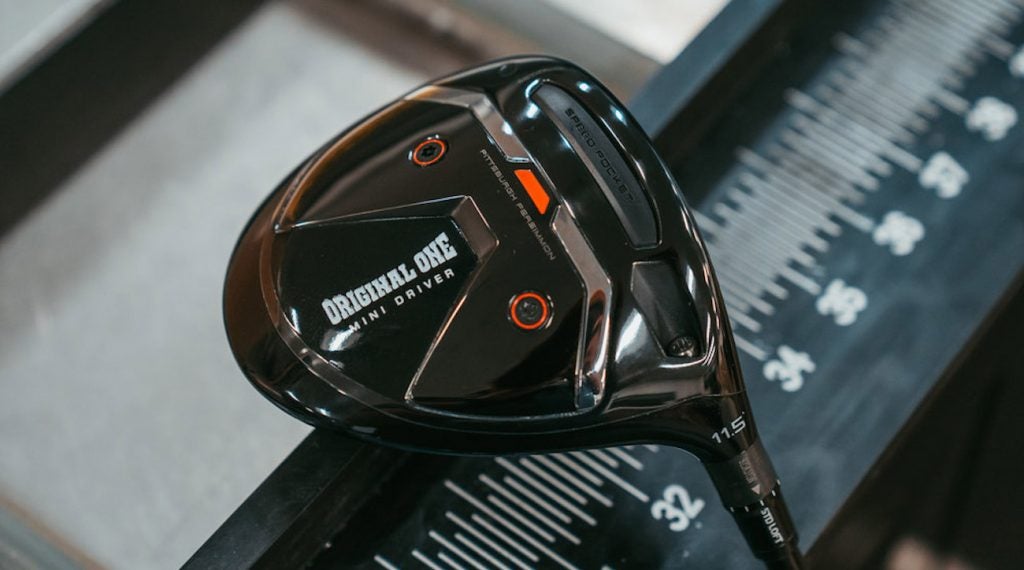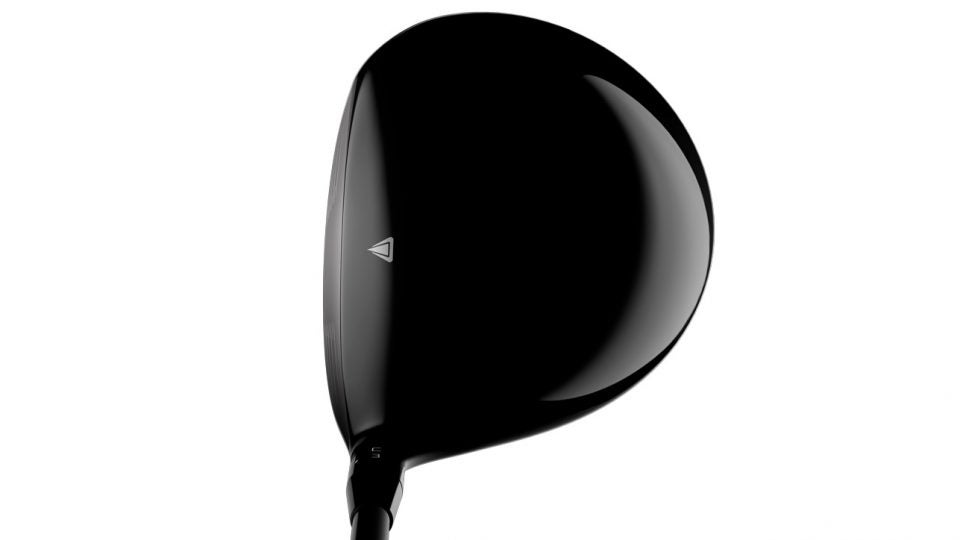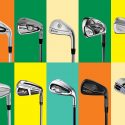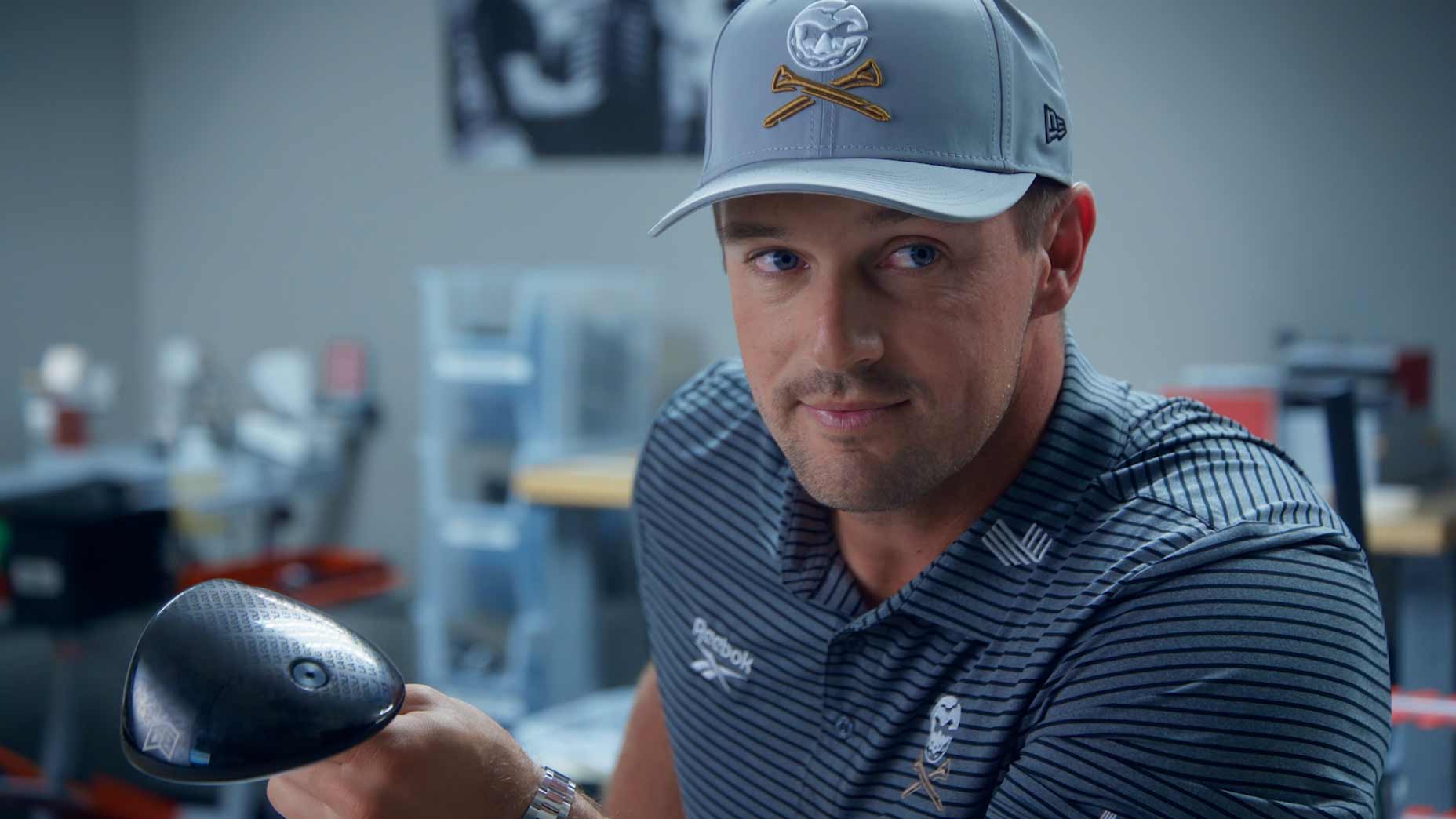Welcome to another edition of Yo, Gear Guy!, an interactive GOLF.com series in which our resident dimplehead (a.k.a., GOLF’s deputy editor of equipment, Mike Chwasky) fields your hard-hitting golf gear questions. This week he tackles low-spin drivers, the best forgiving irons, and TaylorMade’s new Original One Mini driver.
Taylorstory96 on Instagram: I need a low-spin, low-launch driver. What would you recommend me trying out?
I hate to answer a question with a question, but how exactly do you know you need a low-spin, low-launching driver? If you say you can tell with your naked eye, OK, but if you haven’t been fitted by a qualified professional on a launch monitor then I urge you to do so — that process will also allow you to try your current gamer against the current crop of lower-spin, lower-launching models (if that’s indeed what you need) and see which works best for you.
If you prefer to simply demo some models without getting fitted the options are plentiful and include Titleist TS3 and TS4 (if you really need super low spin), Callaway Epic Flash Sub Zero, Cobra F9 Speedback, TaylorMade M5, PING LST, Srixon Z785, Mizuno ST190G, and others.
An important item to keep in mind while looking for a lower-spin, lower-launching driver is that while the models listed above are aimed at providing lower spin than “standard” models (typically between 300-500 rpms less), they won’t necessarily provide lower launch for everyone (or much lower spin) unless they are set up properly for your swing and fitted with the right shaft. I’ve personally seen the same exact driver clubhead yield significant variances in launch, spin, dispersion, carry distance, and angle of descent, depending on shaft weight, flex, torque, stiffness, and some other factors.
Zachary_curd on Instagram: Who does TaylorMade’s mini driver best serve?
The newest “mini” is a very interesting product that can work for a fairly wide range of players, though I think it’s best for those who don’t like hitting their driver due to the long length, those who prefer a 3-wood due to length and loft, or those who simply want a versatile option that might work from both the tee and the fairway.
The Original One Mini ($400) features a shaft length of 43.75″ as compared to 45″ or 45.5″ for the typical driver (the current TaylorMade comes stock at 45.75″), making it much easier to control and swing for some players, and it’s a really good option for those who struggle with injuries that can be exacerbated by longer clubs. Since the standard 3-metal these days typically features a 43.5″ shaft, the new Mini should swing more like a slightly longer fairway wood. The volume of the Mini is 275cc, which is obviously much smaller than the 460cc size of modern drivers but is quite a bit larger than most fairway woods — the current M5 is about 160cc and the M6 is a little bigger. So the Mini is kind of a “tweener” that can’t offer the same amount of MOI and forgiveness as a driver but definitely has more than most fairway woods, and with a shorter shaft should be easier to square up consistently than a driver for a certain percentage of players.

Another factor is loft — the Mini is offered in 11.5- and 13.5-degrees, both of which are more than the typical driver but less than a typical fairway wood — clearly there’s a pattern here. If you’re a player who struggles a bit with your driver but needs more distance than a 3-wood, the Mini is for you. I’m personally a big fan of this design (and the past Mini drivers) and think a lot of players can potentially benefit from the combination of a shorter shaft, more loft, and a more compact clubhead. It’s worth noting that the Original One Mini is not a novelty act in any way — it’s built with all the cutting edge TaylorMade technologies you’d expect including TwistFace, a multi-material clubhead, SpeedPocket technology, and a 12-position loft sleeve with 4-degrees of adjustability. Throw in a stock Diamana F Limited shaft in the 57g to 64g weight range and it’s a pretty impressive package.
Telys78 on Instagram: What’s the most forgiving irons for a 15 handicap?
If you read this column from time to time you probably already know there’s no way for me to tell you what the most forgiving irons are for you or any level of handicap, for a number of reasons. First off, your handicap is not necessarily reflective of your ball striking ability (chipping, pitching, and putting, or lack thereof probably says more), your swing type, your visual preferences at address, your budget, or much else about your game. Clearly a game improvement or max game improvement model (check out our ClubTest listings here) would be a seemingly solid off-the-cuff recommendation, but there are so many variables that I’d strongly suggest getting fit by a reputable clubfitter before making a selection.
However, there are some things you should keep in mind while considering options, most notably what type of performance would help your game the most in regard to your iron play. If you’re a solid ball striker that lacks distance, then a Players Distance iron like Callaway Apex 19, TaylorMade P790, or PING i500 might be great choices. Conversely, if you’re OK with distance but really need help with miss hits then a larger, higher MOI model like Callaway Rogue, TaylorMade M6, Ping G410, or Cobra F9 might be best.
I think you get my point — there isn’t a simple answer to your question but there is some very good news for you — the various top-notch iron options available today can undeniably fit just about any type of player, yourself included. You just need to do some experimentation and hopefully get properly fitted to see which will optimize your iron game. And don’t underestimate the importance of finding the right shaft as well — they don’t call it the “engine of the club” for nothing.
To receive GOLF’s all-new newsletters, subscribe for free here.








